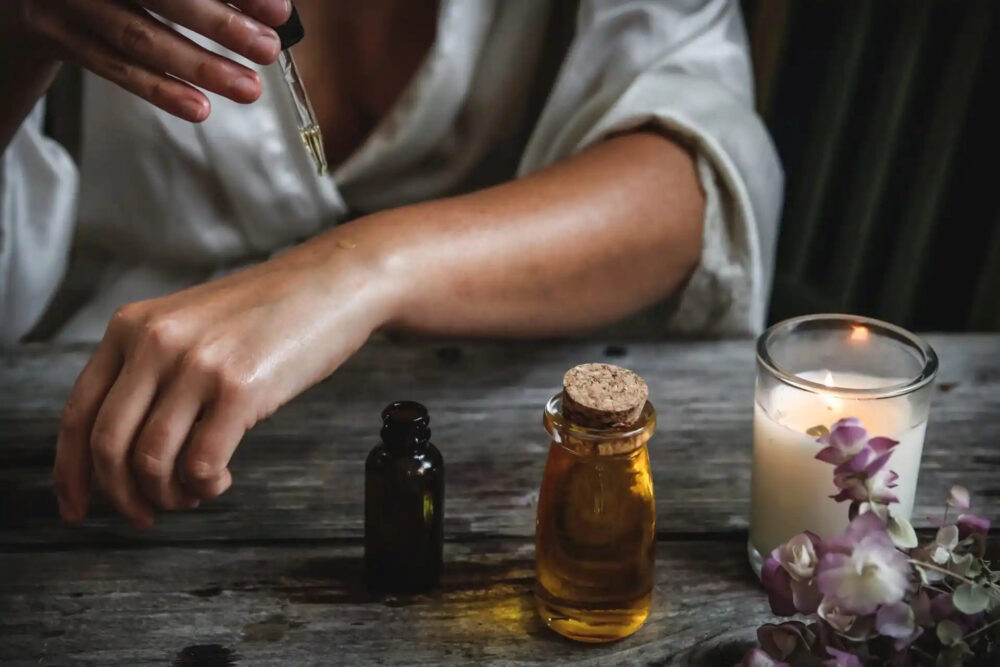Acne is a common skin condition that affects millions of people worldwide. It can occur at any age and is characterized by the presence of pimples, blackheads, whiteheads, and red, inflamed skin. While acne is often associated with adolescence, it can persist into adulthood and have a significant impact on a person’s self-esteem and quality of life. In this blog post, we will delve into the science behind acne, exploring its causes and various treatment options.
Understanding the Causes of Acne
Acne is primarily caused by the overproduction of oil (sebum) by the sebaceous glands, which are located beneath the skin’s surface. When excess sebum combines with dead skin cells and bacteria, it can clog the hair follicles, leading to the formation of acne lesions. However, several factors contribute to the development of acne, including:
Hormonal Changes: Hormonal fluctuations, especially during puberty, can stimulate the sebaceous glands to produce more oil. This increased oil production can contribute to the development of acne.
Genetics: Acne often runs in families, suggesting a genetic predisposition to the condition. If your parents or siblings have had acne, you may be more prone to developing it as well.
Diet: While the relationship between diet and acne is still being studied, certain foods, such as dairy products and high-glycemic index foods, have been associated with worsening acne symptoms in some individuals.
Stress: Stress can trigger hormonal changes in the body, which may exacerbate acne symptoms. Additionally, stress can lead to behaviors that worsen acne, such as touching or picking at the skin.
Exploring Treatment Options
Fortunately, there are several effective treatments available for managing acne. The choice of treatment depends on the severity of the condition and an individual’s specific needs. Here are some common treatment options:
Topical Medications: Over-the-counter creams, gels, and lotions containing ingredients like benzoyl peroxide, salicylic acid, or retinoids can help reduce inflammation, unclog pores, and kill bacteria. These products are often the first line of defense against mild to moderate acne.
Prescription Medications: In more severe cases, a dermatologist may prescribe oral medications, such as antibiotics, hormonal contraceptives, or isotretinoin. These medications work by reducing inflammation, controlling hormonal imbalances, or regulating sebum production.
Professional Treatments: Dermatologists may also offer in-office procedures to treat acne, such as chemical peels, microdermabrasion, or laser therapy. These treatments aim to exfoliate the skin, unclog pores, and reduce acne-causing bacteria.
Lifestyle Modifications: Making certain lifestyle changes can also help manage acne. This includes practicing good skincare habits, such as cleansing the face twice a day with a gentle cleanser, avoiding harsh scrubbing, and using oil-free cosmetics. Additionally, maintaining a balanced diet, managing stress levels, and avoiding triggers like excessive sun exposure can contribute to healthier skin.
The Importance of Patience and Consistency
It’s important to note that treating acne takes time and patience. Results may not be immediate, and it’s crucial to follow the prescribed treatment plan consistently to achieve the best outcomes. It’s also essential to consult a dermatologist for personalized advice and guidance tailored to your specific needs.
In conclusion, acne is a complex skin condition with various contributing factors. By understanding the science behind acne and exploring the available treatment options, individuals can take proactive steps to manage and improve their skin health. Remember, everyone’s journey with acne is unique, and with the right approach and support, it is possible to achieve clearer, healthier skin.
Disclaimer: The information provided in this blog post is for informational purposes only and should not be considered medical advice. Please consult a healthcare professional for personalized recommendations and treatment options for your specific condition.
